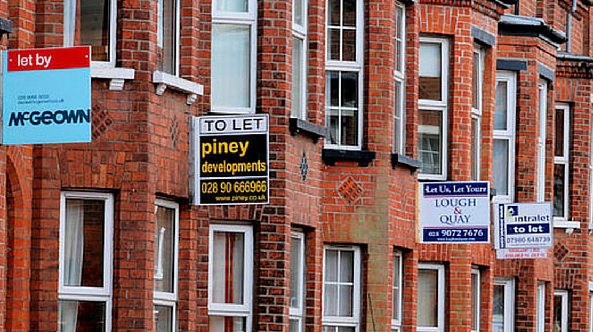Property investors remain highly active in the UK housing market, and UK buy-to-let landlords have become more optimistic in recent months according to the latest survey.
Many factors can serve to either boost or dent the confidence of landlords over time, and some landlords are more affected by certain changes than others. This can include tax issues, new regulations or requirements, and mortgage rates impacting expenditure and profits.
There are also variations depending on where UK buy-to-let landlords are operating – for example, rental markets in high-yielding areas where property prices remain lower than the national average often fare better, with a more positive outlook from landlords, than more expensive areas where mortgage rates might cause more issues.
In the latest survey of confidence in the UK buy-to-let sector from the National Residential Landlords Association (NRLA), it was found that investors and landlords were more optimistic in the third quarter of 2023 than the previous quarter – and the jump in confidence also marked the biggest quarter-on-quarter leap ever recorded.
The index reported a confidence score of 39.2, compared with Q2’s 31.3, and the results improved in every region of the UK, which the NRLA notes is the first time this has happened since 2021.
UK buy-to-let by region
Three particular areas stood out as having seen the biggest jump in their score by quarter: these were Wales with a +15 jump, the north west with a +14 rise, and the north east which saw its score raised by +12. These markets all also offer some of the most competitively priced and highest-yielding properties in the country.
In terms of actual confidence scores for Q3 2023, the south west came out on top with an overall score of 43.2, followed by Wales in second position (42.5), the north west (41.9), Yorkshire and the Humber (40.7) and the north east (40.3). All of these five areas were above-average when it came to landlord confidence.
One of the reasons given for this improvement by the NRLA included the government scrapping its upgrade to minimum EPC requirements. This was set to affect thousands of investors who owned lower-rated properties, and many had already begun to sell such properties or upgrade them to achieve a higher EPC.
Michael Gove also clarified that the court system would be reformed ahead of the scrapping of section 21 (“no fault”) evictions, which is a particularly controversial part of the Renters Reform Bill currently making its way through parliament, and this was also likely to have boosted confidence, according to the NRLA.
Demand in the UK buy-to-let market has also remained at record highs across most parts of the country, with a greater number of tenants now staying in the rental sector for longer and therefore increasing the need for homes. In turn, this has pushed up rental values.
How demand impacts rents
The NRLA’s report looks in more detail at the current high-demand situation, alongside rental trends that we have seen in recent times.
In Q2 2023, the net difference between UK buy-to-let landlords reporting demand increasing and demand decreasing rose to an all-time high of +70 – essentially showing that tenant numbers are far outweighing the number of properties available to rent in the majority of instances.
The Q3 results show only a very small dip on this number, to +69m showing that the supply-demand gap is a long way from showing any noticeable improvement.
As a result, rents are inflating, putting more pressure on tenants but also offsetting increasing mortgage costs for UK buy-to-let landlords. The report found that 68% of landlords had increased their rents in the past 12 months, while 75% plan to increase their rents in the next 12 months.
Pre-pandemic in Q3 2019, the results were very different: 31% of landlords had put rents up in the previous 12 months, and 48% said they intended to do so in the coming year.
Probably unsurprisingly, the most common reason landlords were planning to boost their rents in Q3 2023 was due to interest rate rises upping their mortgage costs, cited by 57% of landlords. Inflation was a factor for 53% of landlords planning to charge their tenants more, while 49% were doing so to cover rising costs.










